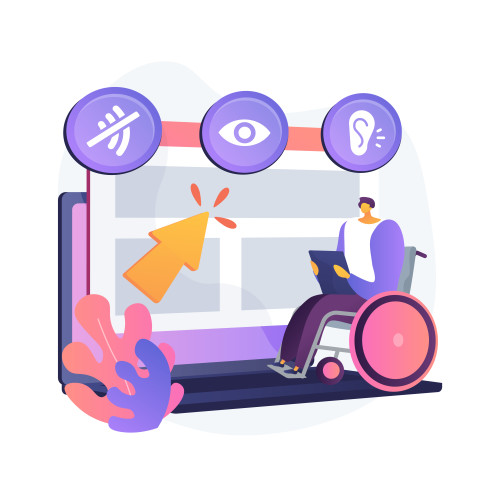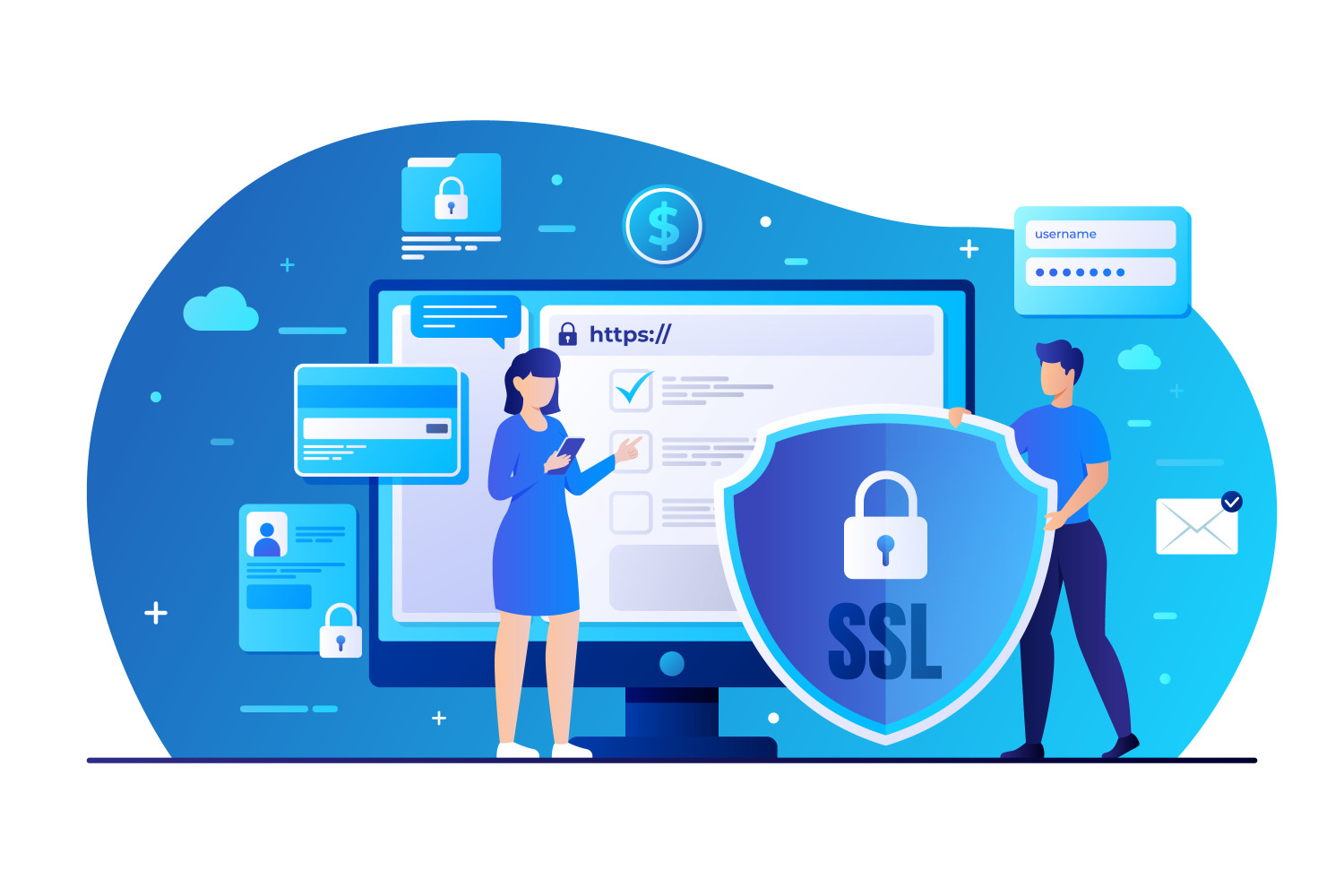Web development is an ever-evolving field that requires constant adaptation to stay ahead of the curve. As technology advances and user expectations change, developers must embrace new trends to deliver exceptional user experiences.
Here are the top 10 Web development trends to stay ahead of the curve -
1. Responsive Design

Responsive design has become a fundamental aspect of web development. With over half of internet users accessing websites through smartphones and tablets, developers need to ensure that websites adapt seamlessly to various screen sizes and resolutions.
Responsive design allows developers to create fluid layouts, flexible images, and dynamic navigation systems that provide an optimal viewing experience across different devices. By embracing responsive design principles and employing frameworks like Bootstrap and Foundation, developers can future-proof their websites and cater to the needs of mobile and desktop users alike.
2. Progressive Web Apps (PWAs)
Progressive Web Apps combine the best of web and mobile app experiences, blurring the line between websites and native applications. PWAs offer users the advantages of offline accessibility, push notifications, and app-like interactions, all within the browser.
With technologies like service workers and web app manifests, developers can create PWAs that function seamlessly across devices and provide a native app-like experience. By embracing PWAs, web developers can bridge the gap between traditional websites and native applications, delivering fast, engaging, and reliable experiences to users.
3. Voice User Interface (VUI)

Voice assistants like Amazon's Alexa and Apple's Siri have become increasingly popular, revolutionizing the way users interact with technology. Voice User Interfaces (VUI) allow users to interact with websites and applications through voice commands, providing a hands-free and convenient experience.
Integrating voice commands into web development requires the ability to leverage technologies like speech recognition and natural language processing. By incorporating VUI into their projects, developers can cater to the increasing demand for voice-enabled interactions and create more accessible and inclusive websites.
4. Enhancing Website Visuals
Visual appeal plays a crucial role in web development, capturing users' attention and effectively conveying messages. Ensuring captivating and aesthetically aligned visuals on a website is essential.
Collaborating with professionals who specialize in enhancing website visuals can significantly elevate the overall design. By partnering with skilled individuals in this field, web developers can deliver stunning visual experiences that engage users and leave a lasting impression.
5. Artificial Intelligence (AI) Integration
Artificial Intelligence has become a transformative force in many industries, including web development. AI-powered technologies such as chatbots, recommendation engines, and personalized content delivery systems can enhance user experience and streamline website functionality.
By harnessing the power of machine learning and data analysis, developers can create intelligent websites that adapt to individual user preferences, provide personalized recommendations, and automate tasks. Incorporating AI into web development opens up new possibilities for creating dynamic, interactive, and efficient websites.
6. Low-Code/No-Code Development
Low-code and no-code development platforms have gained significant traction, empowering individuals with limited coding experience to create functional websites and applications. These platforms provide visual interfaces, drag-and-drop functionality, and pre-built modules to simplify the development process.
Low-code/no-code tools enable developers to quickly prototype ideas, streamline development cycles, and collaborate with non-technical team members. This allows for faster development and deployment of projects, making it easier for businesses and entrepreneurs to create their digital presence. While low-code/no-code tools have their limitations, they offer an opportunity for web developers to explore new ways of working, focus more on complex and customized development tasks, and better streamline their workflows.
7. Single Page Applications (SPAs)
Unlike traditional multi-page websites, Single Page Applications load content dynamically, allowing users to navigate within the website without page reloads. This is achieved through the use of JavaScript frameworks like React, Angular, or Vue.js.
SPAs offer fast and responsive experiences by fetching data from the server and updating specific portions of the page, resulting in quicker load times and smoother interactions. Additionally, SPAs provide offline capabilities, allowing users to access previously loaded content even without an internet connection. By adopting SPAs, web developers can create highly engaging and functional websites that mimic the fluidity of native applications.
8. Web Accessibility

Web accessibility has become a crucial aspect of web development, focusing on ensuring that websites are usable by individuals with disabilities. Accessible websites accommodate a diverse range of users, including those with visual impairments, hearing impairments, motor disabilities, or cognitive disabilities.
Implementing web accessibility involves adhering to standards such as the Web Content Accessibility Guidelines (WCAG), which provide recommendations for making websites perceivable, operable, understandable, and robust for all users.
Web developers can integrate accessibility features such as alternative text for images, keyboard navigation, proper heading structure, and color contrast ratios to enhance usability for individuals with disabilities. By prioritizing web accessibility, developers can create inclusive digital experiences and cater to a broader audience.
9. Cybersecurity and Privacy

As technology advances, cybersecurity and user privacy have become critical considerations for web developers. Implementing robust security measures – such as SSL certificates, secure login systems, and encryption protocols – helps safeguard user data and build trust.
Developers also need to stay updated on privacy regulations like the GDPR and CCPA to ensure compliance and protect user privacy rights. By building secure websites, developers can foster trust, safeguard user data, and protect against potential threats.
10. Dark Mode
Dark mode has gained popularity in recent years, offering users an alternative color scheme that uses dark backgrounds with light-colored text and elements. This trend not only provides a visually appealing experience but also offers practical benefits such as reduced eye strain, improved readability, and increased battery life for devices with OLED screens.
Implementing dark mode requires using CSS media queries and incorporating toggle switches to allow users to switch between modes easily. By embracing dark mode, web developers can enhance the aesthetic appeal of their websites and cater to user preferences for a more comfortable browsing experience.
Become an Industry Leader and Help Drive Innovation
To stay ahead in the ever-evolving world of web development, web developers and designers must embrace the latest trends and technologies. By mastering the principles we’ve outlined, developers can create cutting-edge websites that cater to the evolving needs of users.
These trends empower developers to craft engaging, secure, and inclusive digital experiences that resonate with their target audience. By staying adaptable and continuously learning about emerging technologies, developers can establish themselves as leaders in the ever-evolving world of web development and drive innovation in the industry.
